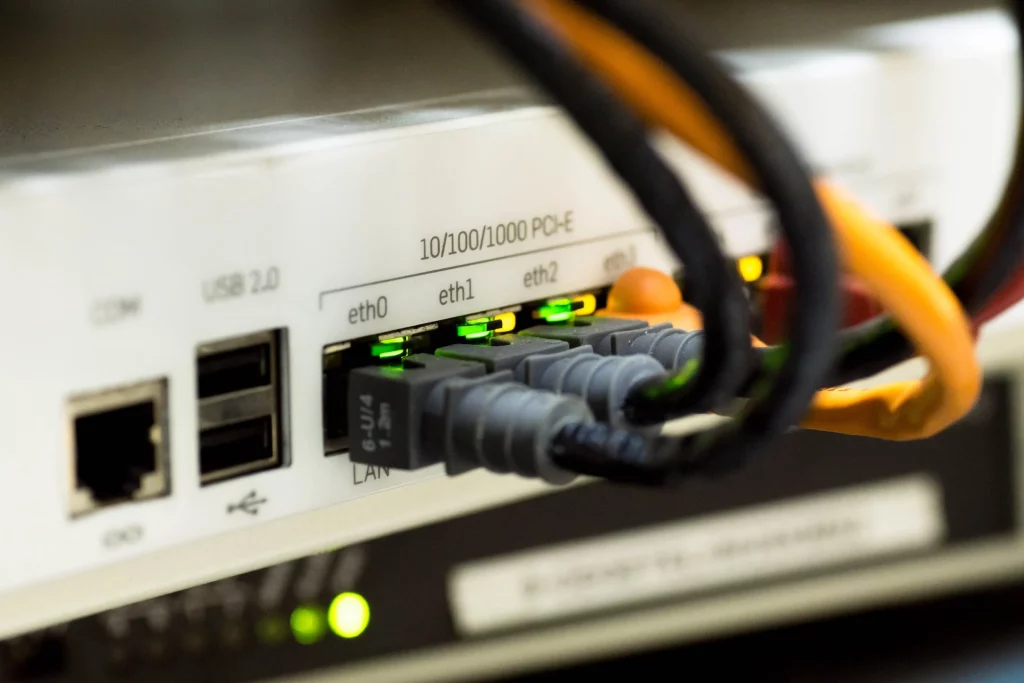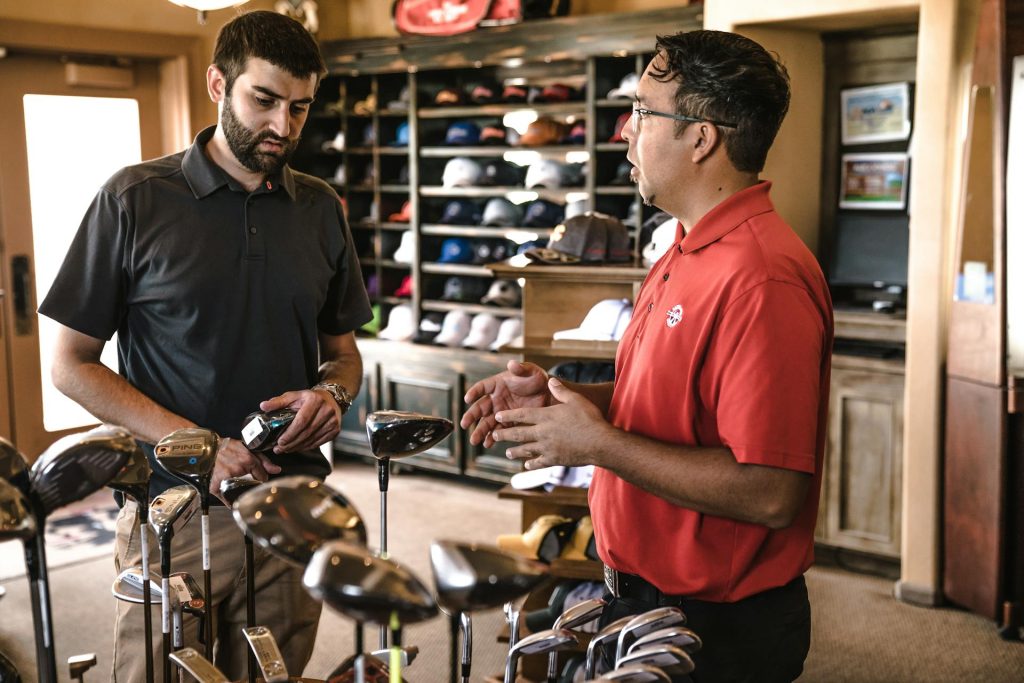How Much Does Market Research Cost? A Business Leader’s Guide to Smart Investment
If you’re leading a business or thinking about launching something new, you’ve likely faced the question: “How much does market research really cost?” It’s a fair question. Whether you’re introducing a product, entering a new market, or just trying to beat the competition, understanding your customer and your industry is not just helpful — it’s essential. Yet, whenever CEOs, founders, or entrepreneurs like yourself dig into getting actionable insights, the cost can seem as puzzling as the data itself. Let’s break it down, so you feel confident investing in research that actually pays off.
What Is Market Research — And Why Does Its Cost Matter?
Before opening your wallet, it’s smart to get clear on what market research is. Put simply, market research is the process of gathering information about consumers, markets, competitors, and industry trends to make better business decisions. This information shapes your pricing, product design, marketing strategies, and more.
Think of it like buying a map before setting out on a long hike. Sure, you might stumble forward on instinct. But wouldn’t you rather see the pitfalls and shortcuts before you’re ankle-deep in mud? The cost of research is often dwarfed by the cost of launching with the wrong idea or missing the mark on what customers actually want.
Key Factors Influencing Market Research Costs
Market research isn’t a one-size-fits-all purchase. The total cost depends on several variables, just like booking a flight — everything from the destination to the extras you want changes the price. Let’s look at the main drivers:
Type of Research: Qualitative (like focus groups and interviews) versus quantitative (like surveys and analytics).
Scope and Scale: Are you surveying hundreds or thousands? One city, or multiple countries?
Methodology: Online surveys, in-person meetings, phone calls, or advanced data analytics?
Target Audience: Hard-to-reach or niche audiences often cost more.
Research Supplier: DIY tools, boutique agencies, or top-tier consultancies carry different price tags.
Level of Analysis and Reporting: Basic data vs. in-depth, actionable strategy recommendations.
Understanding these elements is your first step toward budgeting wisely.
Types of Market Research and Their Typical Costs
To know what you’re really paying for, it’s helpful to understand the two main types (qualitative and quantitative) and some common approaches within each. Let’s break down both and talk real numbers.
Qualitative Research: Digging Deep for Insights
Qualitative research delves into why customers think or feel a certain way. It usually involves:
Focus Groups
In-depth Interviews
Ethnographic Studies (observing customers in real-life settings)
Think of the last time you watched a group discuss a product idea on a business reality show. That’s a focus group in action — real people sharing raw reactions and deep opinions.
Typical cost: Each focus group or set of interviews can range widely — expect $5,000 to $25,000 per study, depending on the recruitment difficulty (like finding busy executives), location, facilitator experience, and session length. Recruiting a very specific audience can add more cost, sometimes up to 30% more.
Example: A well-known athletic apparel brand wanted to test new ad concepts with female athletes aged 18–34 in three major cities. They paid $45,000 for three separate focus group evenings (with participant incentives and video recordings included). Pricier than surveys, but the emotional feedback shaped not just their ads, but entire messaging strategies.
Quantitative Research: Getting the Numbers
Quantitative research measures what people do or think — this is your classic survey, poll, or behavioral analytics. Key methods include:
Online Surveys
CATI (Computer-Assisted Telephone Interviewing)
Face-to-Face Surveys
Big Data Analysis (using existing datasets)
These methods offer statistical confidence, allowing you to say things like, “57% of our target audience prefers mobile shopping.”
Typical cost: Surveys can vary from as little as $1,000 for a quick online poll (say, 100 responses with basic reporting) to $20,000–$50,000 for national samples with advanced data breakdowns and strategic slides. More specialized segments, longer surveys, or multi-country projects drive up costs.
Example: A craft beverage startup used SurveyMonkey to target beer lovers in two states — spending about $2,500 for 500 responses and a professional summary report. Conversely, a global electronics firm paid $80,000 for a multi-country consumer satisfaction survey with 5,000+ participants and detailed competitor benchmarking.
Customization and Hybrid Approaches
Many organizations blend qualitative and quantitative research for richer, more actionable insight. This hybrid approach improves reliability, but also increases cost — sometimes two to three times the price of a single method alone. Industry averages for robust custom research studies run from $30,000 to $150,000+ for larger, in-depth projects.
Cost Breakdown by Research Method
Every research method comes with its own price structure. Let’s look at a few popular approaches and what typically drives their costs.
Online Surveys
DIY tools: $25–$100/month for software only, plus recruiting participant costs (often $1–$10 per respondent)
Agency-led: $5,000–$25,000 (depending on sample size and reporting depth)
Focus Groups
Single group (8–12 participants): $4,000–$8,000 (local, no travel required)
Multiple cities or harder audiences: $15,000–$50,000
In-Depth Interviews (IDIs)
Standard consumers: $1,500–$6,000 per batch of 10–15 interviews
B2B executives or specialists: $10,000–$35,000 for 10–20 interviews
Market Sizing and Secondary Research
Desk research/reports: $1,000–$10,000 for professionally prepared reports using existing industry data
Custom market sizing: $10,000–$100,000+ (depending on region/complexity)
Ethnography/Field Studies
Observational visits, photos, video: $10,000–$30,000+ (higher for international or longitudinal studies)
DIY vs. Professional Market Research: Where Should You Invest?
Some businesses try to save by doing research in-house. Surprisingly, this can work — if your needs are simple, your audience accessible, and your staff has some know-how.
The DIY Approach
Let’s say you’re a founder launching a new fitness app, and you want to understand what your first 1,000 users think. Tools like Google Forms, SurveyMonkey, and Typeform let you design surveys for free or low cost. Social media polls or even informal customer chats can offer quick feedback.
Cost Outlay: Often under $500, plus your own (and your team’s) time. For consumer-facing businesses, paid survey panels can run $1–$10 per respondent.
When does DIY work? When speed trumps rigor, budgets are tight, and you’re comfortable with some rough edges in your data.
Hiring Freelancers or Boutique Agencies
If you need a little more polish but not a global research agency, skilled freelancers and small agencies fill the gap. Platforms like Upwork or Clarity.fm offer access to independent market researchers for as little as $50–$200 per hour.
Small research firms may run small-to-medium studies for $5,000 to $25,000 — providing both data and professional interpretation that busy business leaders often need.
Working with Major Research Firms
When you need gold-standard research — perhaps to convince investors, inform million-dollar marketing spends, or navigate regulatory headwinds — top consultancies like Nielsen, Ipsos, or Kantar offer end-to-end solutions. Expect fees from $30,000 up to $250,000+ for expansive, detailed studies with global comparison, ongoing tracking, and deep dive analytics.
Is the premium justified? For high-impact decisions, yes. Market devastation from a bad launch or reputational risk dwarfs the price of getting it right.
What’s Included in Market Research Costs?
Why does a five-page report sometimes cost more than a small car? Unlike off-the-shelf data, good research requires work at every stage:
Project design and planning
Questionnaire/interview guide development
Recruitment and incentives for participants
Fieldwork, data collection, setup of surveys or interviews
Data cleaning and quality assurance
Statistical analysis
Reporting and presentation of actionable insights
High-end studies often include executive workshops, strategy roadmaps, and multi-media presentations.
Hidden and Ancillary Costs in Market Research Projects
Buyers new to market research are often surprised by hidden extras. Some key “gotchas” to look for:
Recruitment Costs
Incentives
Travel and Facility Rentals
Translation and Localization
Custom Reporting
True story: A mid-sized fintech company was quoted $40,000 for customer discovery research. But by the end — after specialized recruitment, higher-than-expected participant incentives, and custom video highlights — the invoice hit nearly $72,000. Always ask for a full breakdown!
Industry and Audience Nuances Affecting Costs
Some industries demand more complex or costly approaches. B2B research, for example, can be much pricier than consumer work. Regulated industries (pharma, finance, etc.) often require skilled moderators who understand jargon and compliance rules.
Examples:
B2C Surveys: $1,000–$10,000
B2B Decision Makers: $10,000–$50,000+
International/Multilingual: 50%–200%+ markup
Timeline: Fast, Faster, or the Full Process?
How urgent is your need? Timeline and cost are always connected:
Quick turnaround: $2,000–$10,000
Standard primary research: 4–8 weeks
Rushed timelines: Expect 20%–50% premium
Comparing Market Research Proposals: What Should You Look For?
When reviewing proposals, ask:
How experienced is the team?
What’s the sample size and recruitment method?
What methods are used?
Are the results actionable?
Are timelines and milestones clear?
Are fees transparent?
Alternatives to Custom Market Research: Stretching Your Budget
If the quotes are giving you sticker shock:
Syndicated Reports: $1,000–$8,000
Public Data and Desk Research: Often free
Customer Feedback Loops: Free or low cost
Internal Data Analysis: Already available
How Much Should You Budget for Market Research, Really?
It depends on your business stage:
Pre-launch: $500–$2,500
Growth/Product Fit: $5,000–$50,000
Expansion/Investor-grade: $25,000–$150,000+
Tip: Budget 5%–10% of your launch spend for research.
What Can You Expect to Gain from Market Research?
Research avoids:
Wasted budget
Failed launches
Poor investor confidence
Missed trends
Brand damage
Key Takeaways: Action Steps for Smarter Market Research Investment
Get clear on objectives
Start with the audience
Explore all methods
Request clear quotes
Prioritize actionable insights
Allow adequate timing
Repurpose findings
Budget realistically
Market research is your roadmap, insurance policy, and secret weapon. Spend smart, and it will pay off in ways your gut never could.




